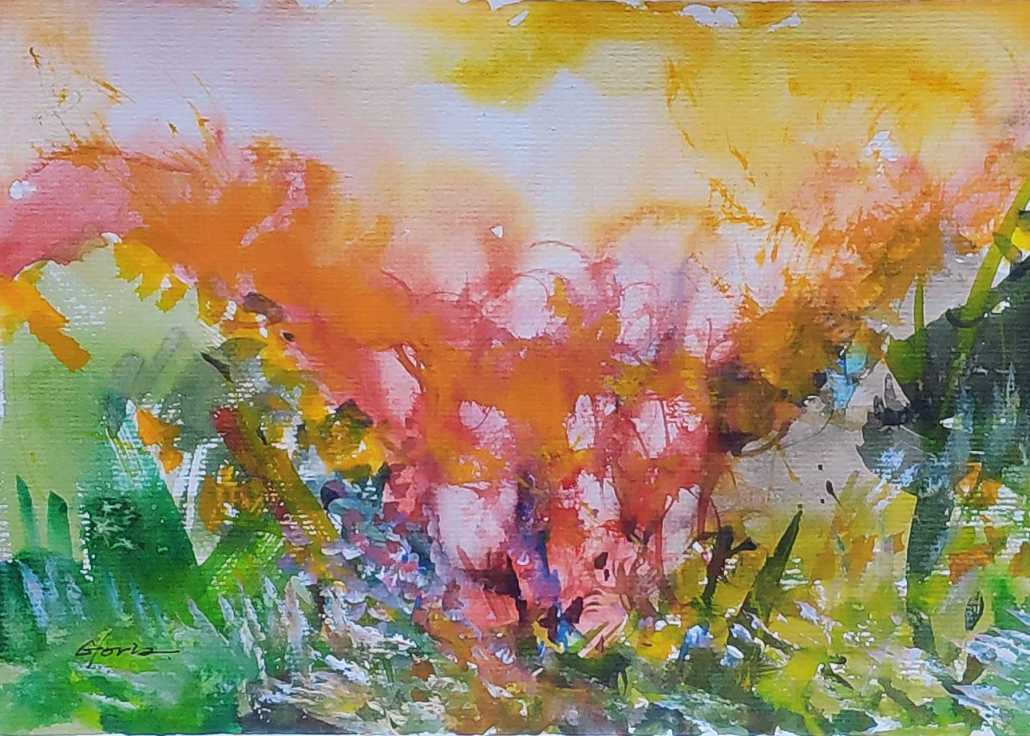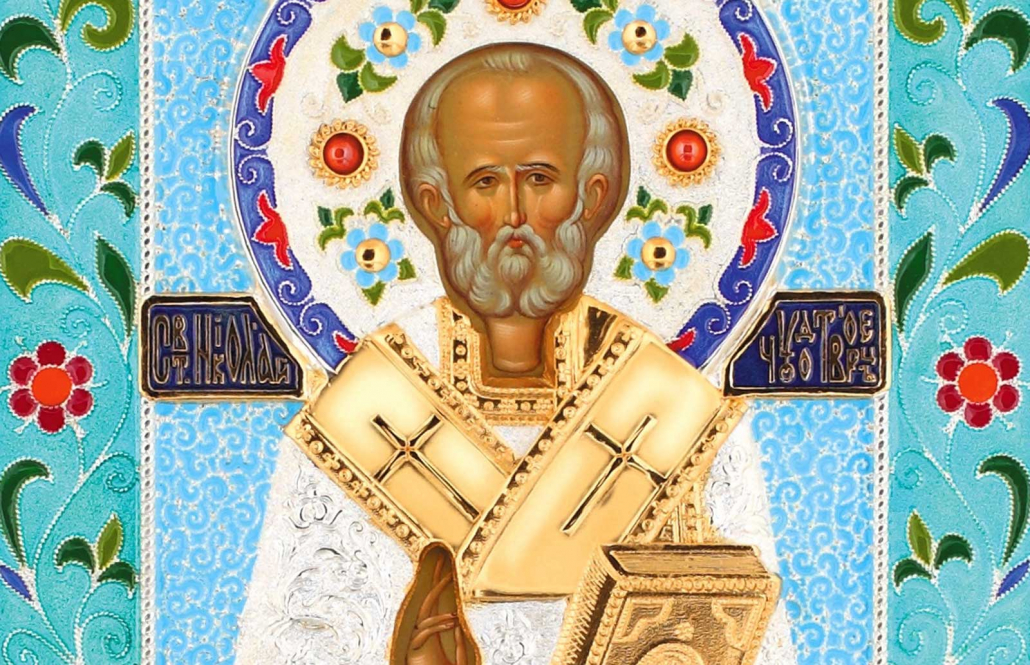Image: Saint Nicholas of Myra, c.1340-50 (Shutterstock).
‘The interplay of divinity and humanity’
Andrew Collis
Christmas Day, Year A
Psalm 98; Titus 2:11-14; Luke 2:1-20
The first nowell takes place amid injustice and poverty. All the symbols point to this – star, stable, manger, animals, shepherds, outsiders, persecution …
Christ comes … to shine a light on hostilities (toward the poor, the stranger, the most vulnerable) and to light the way of wisdom – hospitality, peace with justice … Christ comes to the anawim, the “have-nots” … as subversive and creative event. A peasant family is made holy. A young woman at risk of abandonment or worse is blessed … she bears the Promised One and will become the queen of heaven.
Our God-talk – theology, theo-poetics – begins here, again and again … the “new song” for which the psalmist calls (Gloria Liang’s watercolour celebrates a song of creation because true hospitality is ecological, cosmic).
The interplay of divinity and humanity (incarnation) honours all desires for wisdom, inspires every campaign for fairness and freedom, every struggle for access to healthcare, education … Pa rum pum pum pum …
How we transpose this song into new keys will determine the style and feel of our community, our identity as God’s people … as friends of Jesus, as the body of Christ.
One such transposition involves Santa Claus … Saint Nicholas.
Nicholas was born in the port city of Patara, Greece, in 270. His parents died during an epidemic and he was raised by his uncle, the bishop of Patara, who eventually ordained Nicholas a priest.
Like many saints, Nicholas was inspired by Jesus’ words to “go, sell your possessions and give to the poor” (Matthew 19:21) – he devoted his inheritance to helping the most needy.
He was among those imprisoned during the persecution of Christians under the Roman emperor Diocletian. After his release, he journeyed to Bethlehem, where he lived for several years with a band of hermits.
Called by the Spirit to return to his homeland, Nicholas settled in the port city of Myra (in modern-day Turkey), where he was made bishop. In 325, he attended the Council of Nicaea, the first ecumenical (worldwide) council of the church’s bishops, and was among those who signed the creed affirming Christ “begotten [of Abba God], and not made” …
Nicholas must have been a kind and generous man because the people of Myra began venerating him as a saint immediately after his death in 343. Many legends tell of his generosity to the poor, to children and sailors.
As he had secretly delivered gold, many years before, to the father of three destitute daughters, so he delivered gold to an Italian merchant, convincing him to sail to Myra with a shipment of grain. By his prayers and deeds the city of Myra was rescued from a terrible famine.
Another miracle, widely known, was Bishop Nicholas’ conversion of the local governor, who had been bribed into unjustly condemning three men to death. The saint approached the executioner, who had already raised his sword to issue the deathblow, and swiftly removed it from his hands. He then denounced the governor’s unjust actions.
We note the resonant themes: helping the most needy, Bethlehem, Christ the very Word or Wisdom of God, kindness and generosity, prayers and deeds, disarming love …
The interplay of divinity and humanity (incarnation) honours all desires for wisdom, inspires every campaign for fairness and freedom, every struggle for access to healthcare, education … Pa rum pum pum pum …
How we transpose this song into new keys will determine the style and feel of our community, our identity as God’s people … as friends of Jesus, Nicholas and all the saints, as the body of Christ. Amen.
 Image: ‘Psalm 98’ by Gloria Liang, 2022.
Image: ‘Psalm 98’ by Gloria Liang, 2022.




